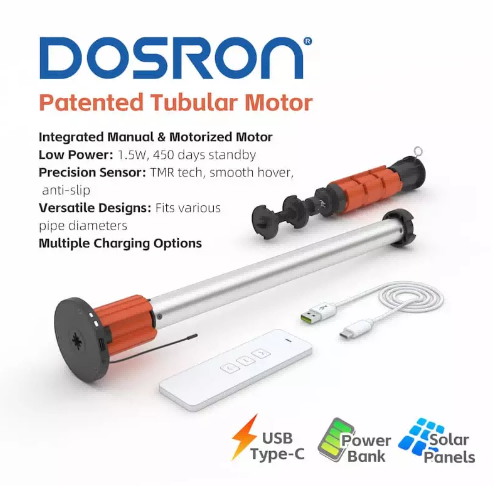1. Core components
Curtains Spring reel: A metal shaft at the top or side of the curtain that contains a torsion spring (a mechanical structure similar to a tape measure).
Fabric fixing end: There is usually a horizontal bar or hook at the bottom of the curtain to fix the pull-down position.
Brake device: Some designs include buckles or gears to adjust the stop position.
2. Working principle
Pull down to unfold: When the user pulls the curtain down, the spring reel is rotated and tightened, storing elastic potential energy.
Fixed position: Through a short pause or buckle mechanism, the spring tension is balanced with the weight of the fabric, and the curtain remains unfolded.
Automatic rewind: After the fixing device is released, the spring releases energy, driving the reel to rotate, and the curtain automatically retracts to the top.
3. Main types
Side-mounted spring roller blinds: Commonly found in small windows, the spring shaft is hidden in the side bracket.
Top-mounted spring roller blinds: The spring shaft is installed horizontally in the top box body, which has a simpler appearance.
Semi-automatic type: needs to be manually pulled down to trigger rebound (such as some blackout roller blinds).
Segmented positioning type: by adjusting the spring strength, it can stay in the middle position according to the user's needs.
Manual and automatic integrated segmented positioning type Curtains: by adjusting the spring strength, it can stay in the middle position, and the curtain position can be remotely controlled (such as office partition curtains).
